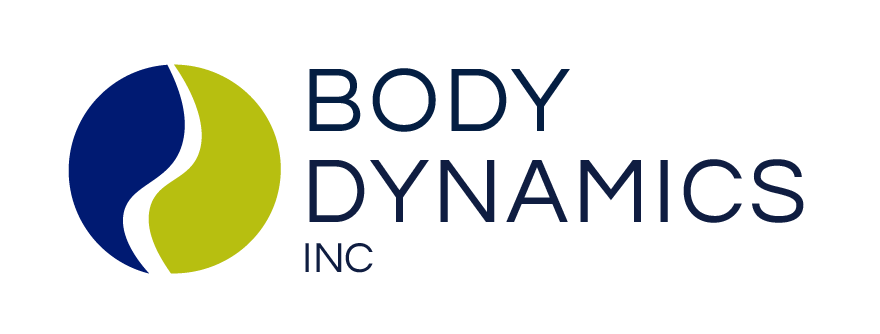Shoulder pain can come in a variety of forms. You can have tightness, a sharp pain when you reach, dull ache over the outside of your shoulder or a pinch at the top of the shoulder.
The shoulder can be a tricky joint to figure out. One day it doesn’t hurt when you reach for a cup, but the next it hurts when you put on a shirt. The shoulder joint is composed of both your shoulder and your shoulder blade. The shoulder blade and its surrounding musculature provide the foundation for your shoulder. We all know that a strong foundation is key to building a sturdy structure and that is no different in your shoulder.
The shoulder looks like a ball in socket joint, when in actuality it is more like a golf ball on a tee. Now think about how easy it is to knock that ball off. In order to keep that ball on the tee we need to have a stable base and strong muscles to keep it there. The muscles that help keep that ball on the tee are, you guessed it, the Rotator Cuff. The primary function of your rotator cuff is to help keep the ball on the tee. The rotator cuff is made of 4 different muscles that when contracted help compress the ball into the socket in order to keep it in its spot. When the ball is allowed to move around too much, for instance when you’re RTC is weak you can pinch your RTC tendons and injure or impinge those tendons.
So what is the answer, Is it my Rotator Cuff? Yes, but also you’re shoulder blade muscles and it is most likely that they are weak and not able to do their primary job: Hold the ball on the tee. If you’re rotator cuff is strong enough your shoulder will not only feel better, but you may see improved range of motion. Click on the following video to check out our top 5 shoulder exercises for your shoulder blade and rotator cuff.
The shoulder looks like a ball in socket joint, when in actuality it is more like a golf ball on a tee. Now think about how easy it is to knock that ball off. In order to keep that ball on the tee we need to have a stable base and strong muscles to keep it there. The muscles that help keep that ball on the tee are, you guessed it, the Rotator Cuff (RTC).
The primary function of your rotator cuff is to help keep the ball on the tee. The rotator cuff is made of 4 different muscles that when contracted help compress the ball into the socket in order to keep it in its spot. When the ball is allowed to move around too much, for instance when you’re RTC is weak, you can pinch your RTC tendons and injure or impinge those tendons.
So what is the answer -Is it my Rotator Cuff? Yes, but also your shoulder blade muscles are most likely weak and not able to do their primary job: Hold the ball on the tee. If your rotator cuff is strong enough, your shoulder will not only feel better, but you may see improved range of motion. Click on the video on the left to check out our top 5 shoulder exercises for your shoulder blade and rotator cuff.
BDI’s Top 5 Shoulder Exercises
- Sidelying ER/Standing ER
- Prone: I, V or T
- The Sword: Standing /Lying down
- One arm pull apart: Standing/Sidelying
- Sidelying flexion/Scaption
